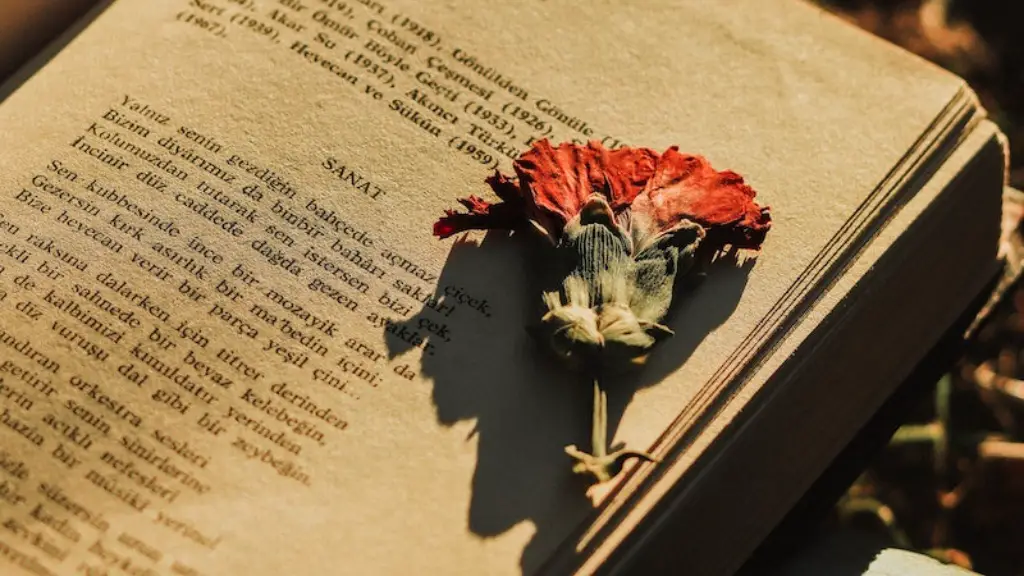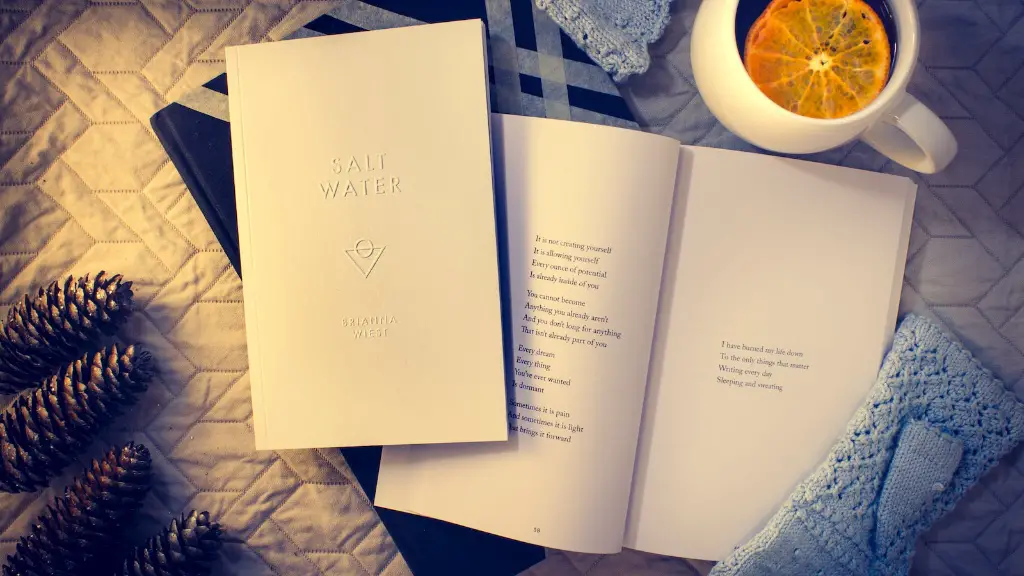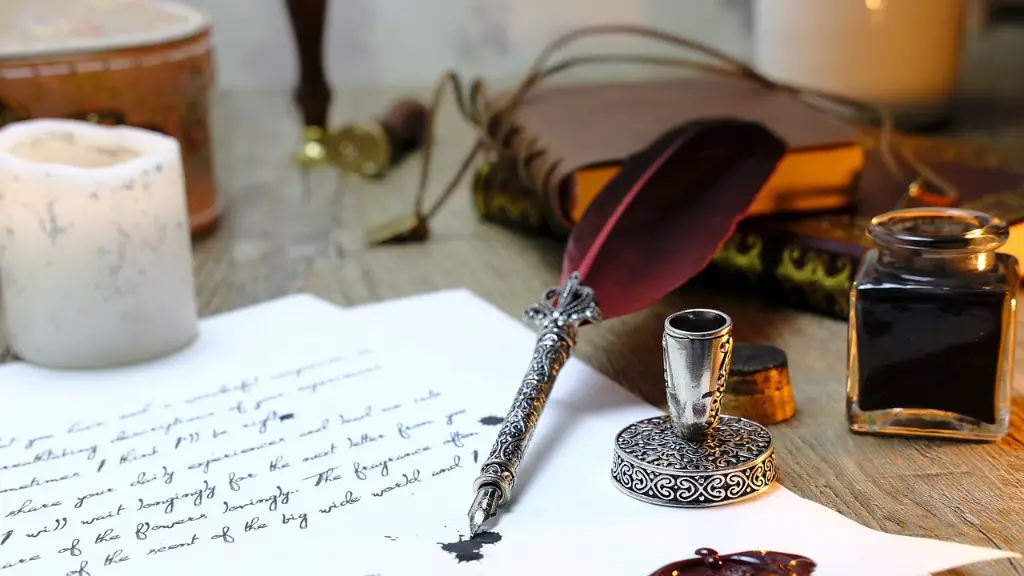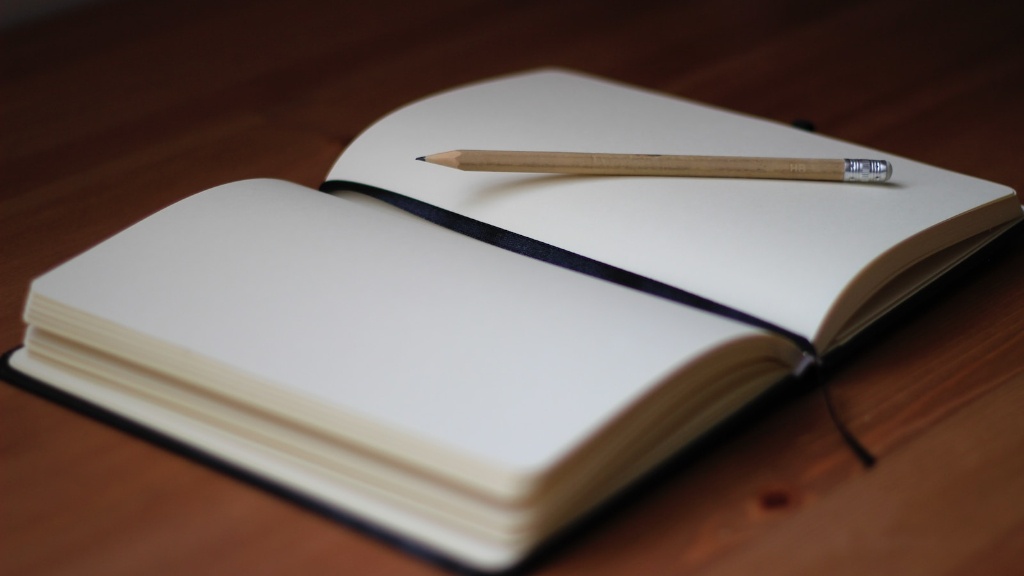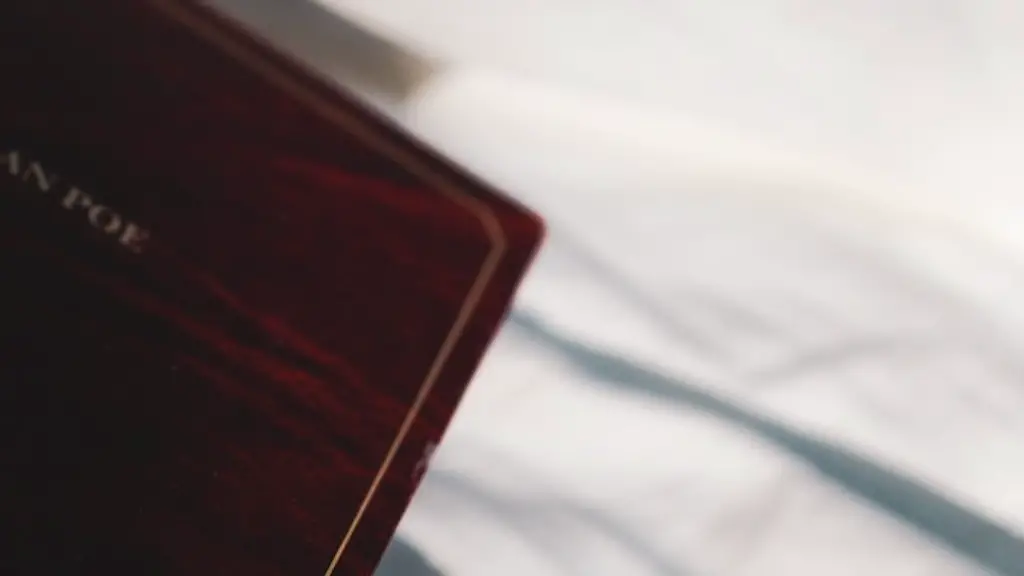Emily Dickinson is one of the most renowned poets of the nineteenth century. Dickinson was known for her unique and often cryptic style of poetry, which often explored themes of death and mortality. Many of her poems also dealt with love, spirituality, and nature.
Emily Dickinson was a prolific poet who wrote about a wide variety of topics, from love and loss to nature and death. Many of her poems are enigmatic and mysterious, often deliberately avoiding straightforward answers in favor of more complex and nuanced explorations of her subjects. As a result, it is difficult to provide a simple answer to the question of what Dickinson wrote about in her poems. However, some of the poet’s recurrent themes include the transience of life, the power of the imagination, and the connection between the physical and the spiritual worlds.
What is the main idea of Emily Dickinson’s poem?
In her work, Dickinson asserts the importance of the self, a theme closely related to Dickinson’s censure of God. As Dickinson understood it, the mere act of speaking or writing is an affirmation of the will, and the call of the poet, in particular, is the call to explore and express the self to others. Dickinson’s poetry is full of images and symbols of the self, the soul, and the individual consciousness, all of which she saw as being under assault from the forces of society and religion. For Dickinson, the poet was someone who could stand outside of all of that and offer a unique and authentic vision of the world.
In her poems, Emily Dickinson tries to come to grips with the true nature of death. She doesn’t shy away from the subject, and instead writes about it with sincerity and openness. Her poems offer an honest attempt to understand death, and in doing so, they provide comfort and solace to those who read them.
What inspired Emily Dickinson to write poems
Dickinson was a highly talented and original poet, who was heavily influenced by the Metaphysical poets of seventeenth-century England. Her reading of the Book of Revelation and her upbringing in a Puritan New England town encouraged a Calvinist, orthodox, and conservative approach to Christianity, which is reflected in her poetry.
Emily Dickinson was a keen observer, and she used images from nature, religion, law, music, commerce, medicine, fashion, and domestic activities to probe universal themes. She was particularly interested in the wonders of nature, the identity of the self, death and immortality, and love. Her poems offer a unique and insightful perspective on these topics, and she is considered one of the most important American poets.
What was Emily Dickinson’s poetry style?
Emily Dickinson was an American poet who was known for her use of slant-rhyme, conceits, and unconventional punctuation. She was also known for her near-legendary reclusive habits. She was part of a prominent Amherst, Massachusetts family.
Although Dickinson’s death certificate says Bright’s disease, recent research into her symptoms and medication indicates that she may actually have suffered from severe primary hypertension, which could have led to heart failure or a brain hemorrhage.
What was strange about Emily Dickinson?
Emily Dickinson was a strange woman who was not afraid to be herself. She wore white clothing most of the time and was very reclusive. She would only speak to people through the closed door of her bedroom. The residents of her hometown thought she was strange, but she didn’t care. She was happy being who she was.
It is believed that at least eleven of Emily Dickinson’s poems were dedicated to her sister-in-law, Susan Huntington Gilbert Dickinson. However, all of the dedications were apparently erased at some point, most likely by Dickinson’s husband, Thomas Wentworth Higginson. These edits have led many scholars to believe that the nature of the relationship between Emily and Susan was much more than just platonic.
What was unique about Emily Dickinson’s writing style
Emily Dickinson’s unique writing style is characterized by extensive use of dashes, dots, and unconventional capitalization, as well as vivid imagery and idiosyncratic vocabulary. Rather than using pentameter, she was more likely to employ trimester, tetrameter, and even dimeter. This distinctive approach lends her work a powerful and enigmatic quality.
Ingress
Write a note on following topic:
Life in a small New England town in Dickinson’s time contained a high mortality rate for young people; as a result, there were frequent death-scenes in homes, and this factor contributed to her preoccupation with death, as well as her withdrawal from the world, her anguish over her lack of romantic love, and her doubts.
What are 3 interesting facts about Emily Dickinson?
Emily Dickinson was one of the most important and prolific American poets of the 19th century. Though only ten of her poems were published during her lifetime, her work is now considered some of the finest in the English language. Dickinson was born in Amherst, Massachusetts, into a prominent and pious Calvinist family. Botany was one of her great passions as a young woman, and she would often go on long walks in the countryside to collect plant specimens. In her later years, Emily became increasingly reclusive, spending much of her time at home in her beloved Amherst. It is believed that she had several mysterious love affairs during her lifetime, though the details of these relationships are still largely unknown.
Emily Dickinson is indeed unique, and her poetry reflects this with its wide range of tones. From dark and depressing poems about death and suffering, to lighter pieces that read like tiny essays, Dickinson’s work is sure to appeal to a wide audience. Her cognitive ability is also on display in her poems, making her one of the most impressive poets of her time.
How do you analyze an Emily Dickinson poem
Here are some tips for reading and understanding the poetry of Emily Dickinson:
1. Stay open to linguistic surprise. Dickinson’s poetic style is highly unique, and her use of language can be surprising at times. It’s important to be open to new interpretations and ways of reading her poems.
2. Read the poem again. Many of Dickinson’s poems are complex and layered, and they often require multiple readings to fully appreciate. Don’t be afraid to read a poem several times before moving on.
3. Review Major Characteristics of Dickinson’s Poetry. Familiarizing yourself with the major stylistic features of Dickinson’s poetry will help you to better understand and interpret her work.
4. Set aside the expectation that a poem has to “mean” one thing. Dickinson’s poems often have multiple interpretations, and it’s important to consider all of the possible meanings.
5. Try “filling in the blanks.” Sometimes, the syntax of Dickinson’s poems can be problematic. However, if you take the time to fill in the blanks, you may be surprised at how rich and complex her poems can be.
Emily Dickinson’s poetry is characterized by unconventional themes, individualism, transcendentalism, spiritualism, realism and symbolism. Her poetry often explores unusual topics, such as death and love, in a unique and introspective way. Dickinson was also a highly individualistic poet, writing mostly in isolation and eschewing the traditional poetic forms of her day. Transcendentalism and spiritualism were also important influences on her poetry, as she often explored the role of the soul and the afterlife in her work. Finally, Dickinson’s poetry is also notable for its realism and symbolism. She often used images and symbols to convey deeper meanings in her work.
What literary elements did Emily Dickinson use?
Image:
Dickinson’s use of imagery allows her to create a more vivid and concrete picture for the reader. This makes it easier for the reader to understand the speaker’s experience and the situation being described. However, at the same time, the use of imagery can also make the meaning of the poem more ambiguous. For example, in the poem “I Heard a Fly Buzz-When I Died,” the use of imagery makes it unclear whether the speaker is actually dead or not.
Enjambment:
Enjambment is the continuation of a sentence or phrase from one line of poetry to the next without a pause. This creates a sense of forward momentum and can make the poem feel more dynamic. However, it can also make the poem feel more open-ended and unfinished, as if the speaker is still in the midst of their experience. This can create ambiguity about the speaker’s state or the resolution of the poem.
Dashes:
Dickinson often uses dashes to create pauses or breaks in her poetry. This can create a feeling of suspense or tension, as if the reader is waiting for something to happen. Dashes can also be used to create ironic or dramatic effects. For example, in the poem “
Hope is like a bird that never stops singing. It’s always there in the soul, giving us a reason to keep going. No matter what happens in life, hope is always there to lift us up.
Warp Up
Emily Dickinson wrote about many different topics in her poems, but some of the main themes she explored were love, nature, death, and religion.
In her poems, Emily Dickinson wrote about topics such as love, death, and nature. Her unique style and use of imagery often gave her poems a dark and mysterious tone. However, Dickinson’s poems also contained moments of great beauty and hope.
